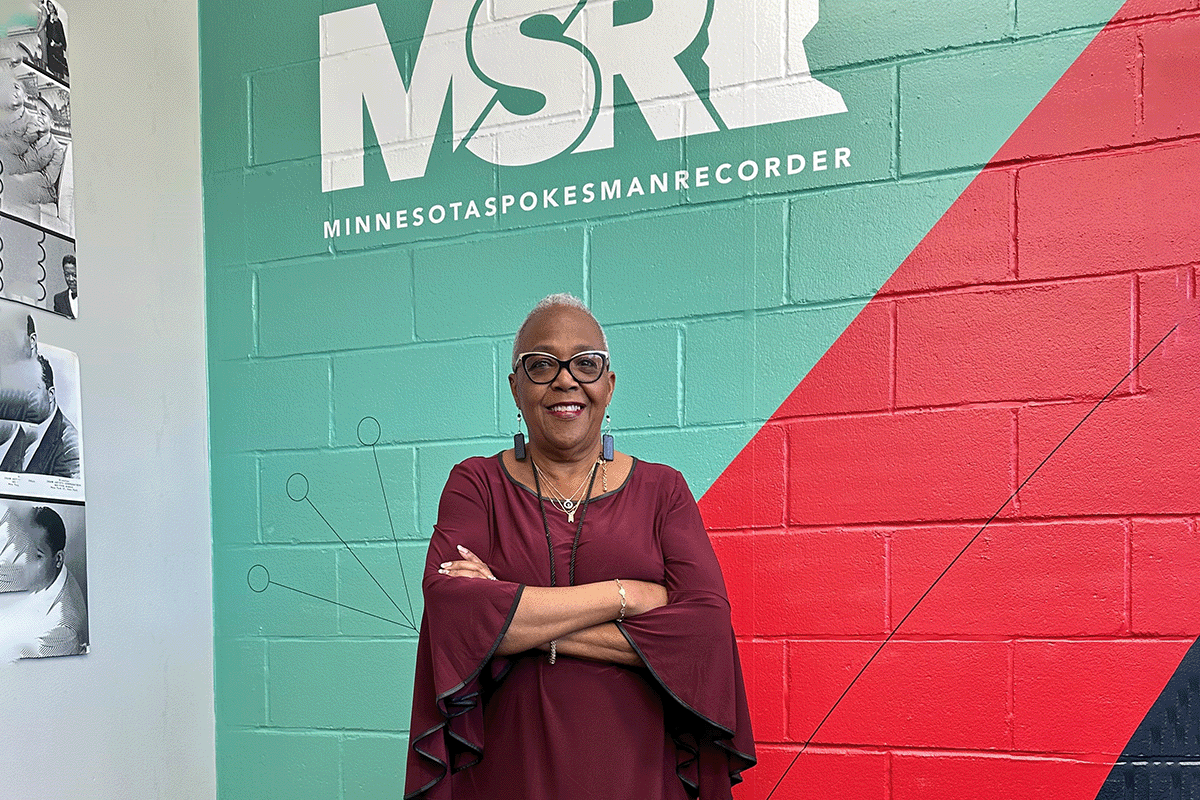Your small business has layers of fiscal needs, from invoicing your vendors to processing customers at the point of sale. Explore how your bank offers financial support for all your financial tasks, plus how this all-in-one model saves you time and effort.
From paying monthly expenses like rent and utilities to processing customer sales and returns, your business handles a myriad of financial tasks every day. While a variety of financial tools are available to address each layer of your cash flow, dealing with disparate resources can be a little like herding cats. When these cash flow and money management tools work together, however, these solutions can streamline operations and provide an overall financial picture of your business that can inform decisions and strategies for the future.
Here are six tools that support the financial needs of your small business:
1. Small business checking account
Your checking account is like the train station of your business — there’s lot of traffic coming in and out. It’s the hub of your cash flow and where most of your incoming funds will be deposited. Business checking is also the source of outgoing money, such as weekly employee payroll, monthly expenses and supplier invoice payments. A business checking account will also include a debit card you can use for making everyday purchases for your business.
2. Small business savings account
A business savings account is a good place for building an emergency fund for unexpected expenses. You can also use a business savings account to save for future purchases that help you expand your business. Business savings can come in a variety of forms. For example, a basic deposit account is a good place to park money for the short term, while money market accounts pay higher interest and are smart for larger balances and certificates of deposit (CD) can be effective for longer term savings.
3. Small business point-of-sale technology
According to Statista, the most commonly used form of customer payment is a credit card, with 38% of customers choosing this option. It’s followed by debit cards, representing 29% of transactions. Cash makes up 12% of sales, and digital or mobile wallets account for 10%. Point of sale (POS) technology payment solutions allow you to accept these forms of payment online, in your store, or on the go. POS technology also provides features that let you track your inventory, create invoices, and collect customer data that can improve your service and sales. Plus, with Everyday Funding, you can improve cash flow by giving you same-day access to incoming funds.
4. Small business digital payments
According to McKinsey & Co., 82% of people use using digital payments, including person-to-person (P2P) payments such as Zelle. This real-time-payment financial tool is also available for businesses, allowing you to request and collect money from customers in a way that’s most convenient for them. Part of your mobile app, the bank-to-bank transfer can be a great solution for businesses that invoice at the time of service.
5. Small business credit cards
Business credit cards can be a convenient way to cover and track your expenses in one place. You can use a credit card for most purchases and to set up automated payments for your recurring bills, such as utilities. Some cards also allow you to earn rewards on your business expenses. You can also request business credit cards for your employees, which can be more convenient than reimbursing team members through complicated expense reports.
6. Small business cash services
If your business accepts cash, you’ll need a safe way to make deposits. Cash services allows you deposit cash electronically into a secure, “smart safe.” Cash-scanning technology credits the deposit to account without you having to worry about making it to a branch during business hours.
All-in-one banking streamlines business operations
Your bank has solutions that can support your small business in all these financial matters and using an all-in-one model can help you streamline operations. For example, handling accounts receivable and payable tasks within one bank account streamlines the flow of money in and out of your account. By accepting digital payments, the funds are transferred into your account in real time, and having your POS directly connected to your bank account speeds up deposits. You can also make real-time payments to suppliers, utility companies, and your landlord to remain in good standing. You can also schedule and automate recurring payments, so you don’t have to worry about remembering to pay your bills.
By seeing the movement of money in and out of your small business bank accounts in a centralized location, you’ll also gain insights you can use to thrive in today’s evolving marketplace. For example, you can easily monitor your expenses to understand the flow of money out of your business. This information can help you make better spending decisions by measuring a return on investment. Income information can also be valuable for designing business strategies. You can easily identify your best performing streams of revenue, which can be helpful for creating business strategies for the future.
Having all your financial tasks in one place helps you save time and money. Learn more about U.S. Bank’s suite of small business resources that can help you streamline your small business operations.



















































































